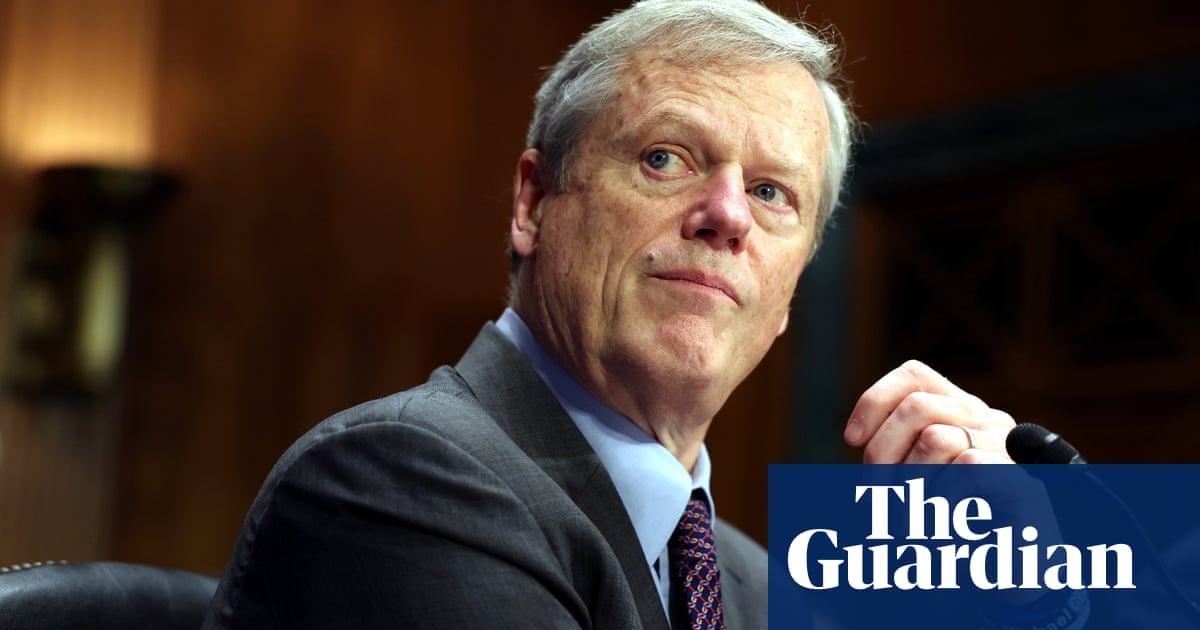Sports
NCAA Shrinks in Importance as College Sports Turns Pro

When the NCAA, power conferences and attorneys for former and current Division I athletes finalized a multibillion-dollar settlement agreement to resolve the House, Carter and Hubbard antitrust litigations, the NCAA had seemingly figured out a way to both maintain amateurism—its body of rules that tries to distinguish college sports from professional sports—and end lawsuits that threaten to render the association bankrupt and extinct.
To be sure, the NCAA conceded major changes in a reformed student-athlete model. In the new world, colleges would be able to pay athletes for media rights, ticket sales sponsorships and NIL. The settlement also envisions the NCAA, member schools and conferences paying athletes about $2.8 billion over a 10-year period as compensation for depriving athletes of NIL, video game and broadcast opportunities in recent years.
But the deal contains other features that point to a continuing role for the NCAA as college sports’ overseer. Instead of a free market where colleges could outbid each other in an arms race for elite prospects, they would face a salary-cap-like ceiling of $21 million for payments to all athletes in a program. The deal also envisions fair market value analysis of NIL deals that exceed $600, ostensibly to ensure those deals aren’t pay-for-play arrangements masquerading as NIL contracts. NIL is supposed to be about the commercial use of an athlete’s right of publicity, meaning NIL deals should function like endorsement and influencing deals, and not inducements to attend or remain at a college.
The NCAA wouldn’t be what it once was in a post-settlement world, but it would still be in charge. And it could still credibly use longstanding terms and conventions like “student-athlete” and “amateurism.”
Then the last few weeks happened.
During a court hearing on Sept. 5, U.S. District Judge Claudia Wilken made clear she wouldn’t grant preliminary approval of the settlement unless the parties negotiated major changes.
The judge forcefully objected to the settlement’s plan to regulate NIL deals so that “real NIL” contracts could be distinguished from those that are pay-for-play. Wilken, who in 2014 sided in favor of Ed O’Bannon in his historic NIL case, expressed worry that college athletes would lose out on NIL deals by subjecting deals to review. She noted that while the attorneys claimed the new model for NIL would only regulate collectives, the settlement doesn’t even mention the word collectives.
Wilken also alluded to news stories about collectives using NIL to recruit athletes to schools. She implied it’s too late to stop that practice—a practice the NCAA no longer actively regulates after U.S. District Judge Clifton Corker barred the collegiate governing body from enforcing those rules on antitrust grounds.
The parties have until Sept. 26 to submit a revised settlement or risk the three lawsuits returning to the docket. If the NCAA drops its role in overseeing NIL, Wilken will be more inclined to approve the settlement. But in that scenario, the college sports at major D-I programs will be harder to distinguish from pro sports—a core reason for the NCAA to even exist.
The settlement is also not the only instrument of law that will shape amateurism’s future.
Last week, Georgia Gov. Brian Kemp signed an executive order that blocks the NCAA and conferences from taking measures that prohibit a college from offering athletes compensation for use of their NIL. The order follows a similar measure in Virginia, where Gov. Glenn Youngkin signed HB1505 into law. The Virginia legislation prevents the NCAA from prohibiting colleges in the state from compensating athletes for their NIL. Other states, including Texas and Oklahoma, have adopted laws that constrain the NCAA’s ability to regulate NIL and collectives. From a legal standpoint, even if the NCAA preserves some authority in overseeing NIL in a post-settlement world, the NCAA would be barred from using that authority in certain states under their laws.
The NCAA could challenge those states in court by asserting their laws unlawfully interfere with two provisions in Article I of the U.S. Constitution: the Commerce Clause (Section 8) and the Contract Clause (Section 10). As explained in another column, these states, by making it impossible for the NCAA to adopt a uniform set of rules, are arguably interfering with interstate commerce. Also, by making it illegal for the NCAA to enforce membership rules, these states are arguably interfering with the contractual relationship between the NCAA and its members. That legal playbook worked for the NCAA when it took on the state of Nevada in the wake of the UNLV/Jerry Tarkanian scandal. But that was a more confident era for the NCAA and amateurism. The NCAA of the 2020s is a more scrutinized entity whose long-standing legal arguments have been rebuked in court.
There are still other challenges for the NCAA even if the settlement is approved. South Dakota recently sued the NCAA in state court arguing the settlement violates member schools’ contractual arrangements with the NCAA, causes breaches of fiduciary duties and requires D-I schools, many of which are small and budget-challenged, to pay for a settlement they did not explicitly approve. Houston Christian University raised similar objections directly to Wilken, but she denied them (HCU is appealing to the U.S. Court of Appeals for the Ninth Circuit). South Dakota might have more traction before a local court and elected judge.
The fact that the antitrust settlement, even if approved, wouldn’t insulate the NCAA from other amateurism challenges also reveals its limited importance. Athletes outside the classes retain their rights to raise antitrust claims. The settlement could also be challenged on Title IX and other grounds. Further, college athletes continue to make progress toward recognition as employees who can unionize and demand collective bargaining.
Even the changing operations of D-I athletics programs hint at a pro sports model. Schools are now hiring general managers, a position crucial to pro sports teams but new to the increasingly professionalized college sports world. St. Bonaventure University, for example, recently hired ESPN senior NBA insider Adrian Wojnarowski as GM of the Bonnies men’s basketball program and Syracuse hired former New York Knicks scout Alex Kline as GM of the Orange.
“Amateurism” and “student-athlete” may or may not survive as meaningful terms in a post-settlement world.
But labels won’t matter when reality tells a different story.
If college sports looks like pro sports, if it sounds like pro sports and is paid like pro sports, then it just may be pro sports.









